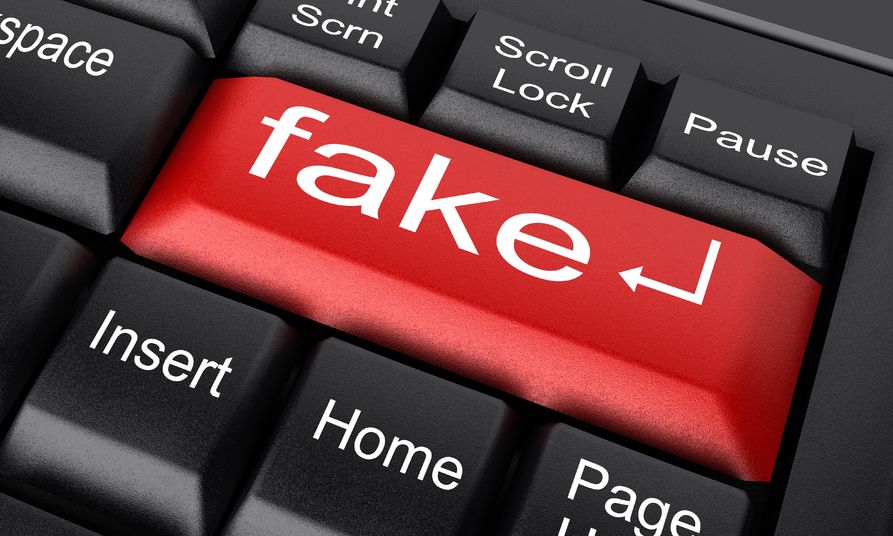How to Identify a Fake Website
Online shopping has completely revolutionised the retail landscape, but this level of convenience and comfort also brings about a significant increase in risk and many people have fallen victim to fake websites set up to gather sensitive personal and financial information.
Cyber Monday has become one of the most popular days for the targeting of online shoppers by cyber criminals and in the weeks leading up to Cyber Monday and throughout the holiday season, you will notice a lot of fake websites making their online debut. Here’s how to spot these websites before you become their next victim.

Domain Name or URL
The first step to identifying a fake website is the domain name – look in the address bar of your browser to see what the URL is. It’s important to remember that many times the differences between a fake and legitimate site will be very minor, almost unnoticeable to the naked eye. The legitimate site might be called abc.com, while the fake one might be ab-c.com and will be an exact replica of the real website. No matter how sophisticated the website looks, don’t be fooled, as it only takes a few days for online scammers to create a fully functioning website.
Too Good a Deal
The old adage, ‘if it seems too good to be true, it probably is’ needs to be kept in the forefront of your mind at all times when it comes to online shopping. Unlike the good australianbettingsites.org/horse/ websites, fake websites will offer outrageous discounts in price – think along the lines of from $990 to $90 – just to entice shoppers into making hasty decisions to nab a good deal before it’s sold out. Fake horse racing betting sites would do this by offering outrageous odds. Legitimate websites would never discount goods to such an extreme unless they were getting rid of excess inventory and in that case it would be a few seasons out of date – not the latest accessory everyone was after.
Spelling and Grammar Mistakes
It’s important to look out for spelling and grammatical errors if you’re not sure of the website legitimacy. Fake websites are most commonly produced in countries where English is not the first language, leading to an increase in the chances of grammatical and spelling mistakes. Large, legitimate retailers have a whole team of marketers to ensure that the language used on their site is absolutely perfect, and that every ‘i’ is dotted and every ‘t’ is crossed.
Age of the Website
Most people don’t know this, but you can actually find out how long a website has existed on the internet. Follow these steps to find out:
- Open Google.com and search the following: ‘site:example.com’ replacing example.com with the URL of the website you’re looking into
- You’ll see all the pages of the website that Google has indexed over time
Next, you want to figure out when these pages were indexed in order to see how long the site has existed. Take the following steps in order to do so:
- Conduct the search as instructed above
- Click on ‘search tools’ followed by “any time”, and select “custom range” at the bottom
- Go back a year and see if there were any indexed pages from then
If you cannot find anything from a year ago, minimise the date range until you can figure out exactly when the site was created. If it wasn’t long ago, you can almost be sure that the site was created by scammers in order to phish personal and banking information from unsuspecting victims.
Happy Hunting!





